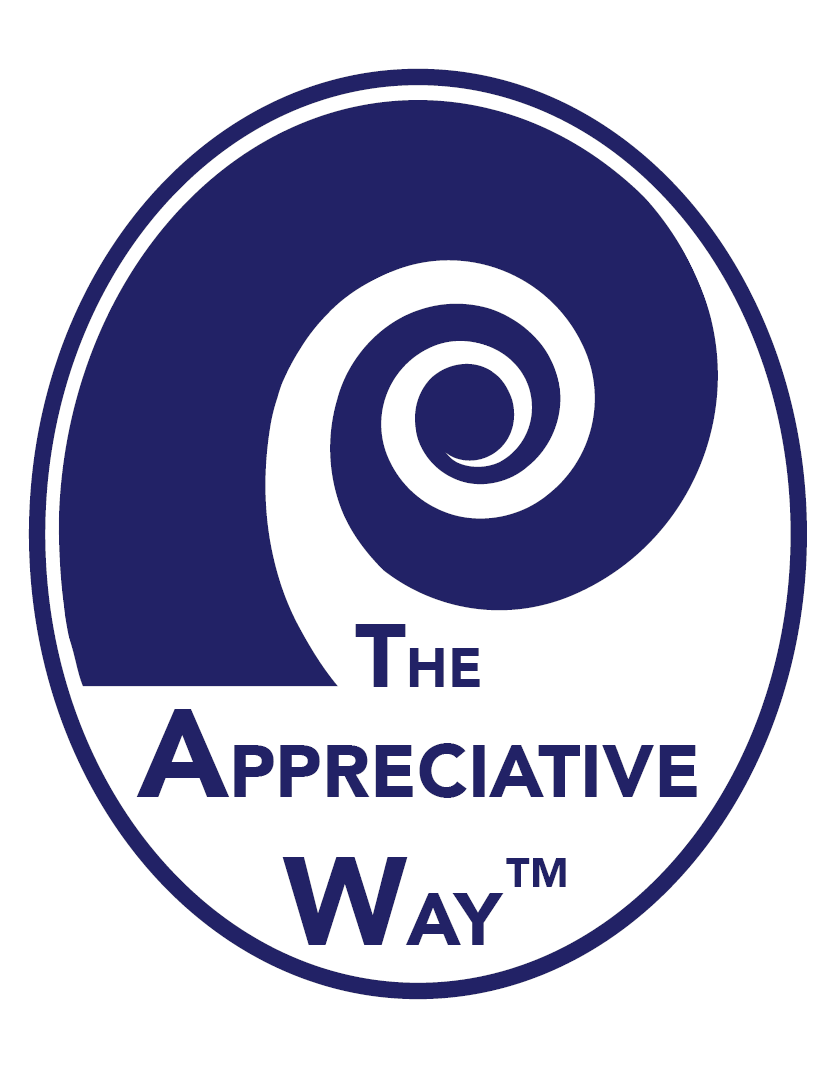

Restoring Hope
Practical Appreciative Inquiry based strategies to effectively resolve grief and resentment.
Stay Connected
Receive The Appreciative Way our Free Email Newsletter
and receive advance notice of future programs.
Privacy: We never rent, sell, or share your email.
Milton Erickson
Milton Erickson was a psychiatrist who, in the latter years of his life, lived and worked in Phoenix, Arizona. By most standards he was very unorthodox in his approach to his patients; however, in response to his methods, patients often made rapid recoveries. He was a founding figure in the use of hypnosis in clinical settings. In contrast to others who used formal hypnotic inductions, Erickson was more inclined to use naturalistic trance states and communication patterns to help people access their unconscious resources.
One characteristic of Erickson's work was his ability to join with clients in their world, by using the client's language, metaphors, and pacing their mood and actions. Once he had established these deep connections he was able to access their resourcefulness and bring about transformation, often without the client's conscious awareness.
Unlike Freud (and as seen in much of psychology), Erickson did not view the unconscious as some dark, mysterious, angst-filled place that gives rise to primitive and destructive urges. Rather, he viewed the unconscious mind as a treasure trove of resources and wisdom that a person could access to create a fulfilling life. Erickson also developed and employed many therapeutic strategies such as: utilizing or prescribing the symptom; creating confusion and transformation through the use of paradox and ambiguity; and using parables or storytelling to open people to new possibilities.
As a healer I have always been fascinated by the healing stories and transformational processes that Jesus used. Jesus didn't just pray for people but engaged them in bizarre conversations (John 4:7-38), or only taught in parables (Matthew 13:10-17), or spat on the ground and made mud to put on a blind man’s eyes (John 9:1-12). Likewise in Buddhism the Master would often give their students koans or non-sensical activities to engage in that in turn would lead to enlightenment. Buddhists call these activities "crazy wisdom." It was only after studying Erickson's work that I began to gain some insight into what Jesus and the Buddhist masters were doing and was able to replicate some of their healing strategies in my own work.
Erickson had a foundational influence in the work of:
- Jay Haley and strategic family therapy
- Bill O’Hanlon and solution-oriented therapy
- Steve Andreas and Neuro-Linguistic-Programming
- Stephen Gilligan and self-relations therapy
- Steve Lankton
- Jeffrey Zeig
>>
Read more on the work of Milton Erickson
>>
Read more on the synthesis of Erickson's work and the Appreciative Way
